| Total reviews! |
Handheld: 57 16/32bit Computers: 830 8bit Computers: 416 8bit Consoles: 58 16bit Consoles: 78 32/64bit Consoles: 107 128bit Consoles: 28 |
| OnLine members |
| Currently: 16 |
 |
| Best on 8bit micro! |
International Karate + - Commodore64 Xyphoes Fantasy - AmstradCPC Arkanoid II - AmstradCPC Pang - AmstradCPCPlus Wrath of the Demon - Commodore64 Night Hunter - AmstradCPC Barbarian - AmstradCPC Prince of Persia - SamCoupe Lemmings - SamCoupe |
| Best on 16bit micro! |
Turrican II - Amiga Shadow of the Beast - Amiga Jim Power - Amiga Agony - Amiga Turrican 2 - AtariST Project X - Amiga Super Frog - Amiga Flashback - Amiga Dark Seed - Amiga Flashback - Archimedes Warlocks - Archimedes Cannon Fodder - Amiga Turrican II - PC Universe - Amiga Hurrican - PC Tyrian - PC Super Stardust - AmigaAGA Pac-Mania - X68000 |
| Best on 8bit consoles! |
Pac-Mania - MasterSystem The NewZealand Story - MasterSystem Pang - GX4000 Batman Return of The Joker - nes Battletoads & Double Dragon - nes |
| Best on 16bit consoles! |
Jim Power - snes Donkey Kong Country - snes Aladdin - snes Comix Zone - Megadrive Alien Soldier - Megadrive Blazing Lazers - pcengine Raiden - pcengine Super Star Soldier - pcengine |
| Best on 32bit consoles! |
G-Darius - psone Super Mario 64 - n64 ISS Pro Evolution - psone Perfect Dark - n64 Dino Crisis 2 - psone Resident Evil 2 - psone Metal Gear Solid - psone Oddworld: Abe - psone Klonoa: Door To Phantomile - psone Medievil - psone Nights Into Dreams - Saturn Flashback - CDi |
| Total hits! |
| Puzzle! |
 |
| Random Old Ads! |
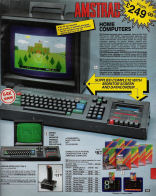 |
| ||||||||||||||
| ||||||||||||||
| Our featured games |
 |
| Play old-school now! |
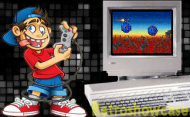 |
| Music Player! |
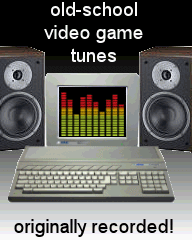 |
| Play ZX on-line!! |
 |
| Play CPC on-line!! |
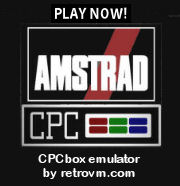 |
| Boot Screens! |
 |
| Retro-games Trivia! |
 |
| Old-school Crossword! |
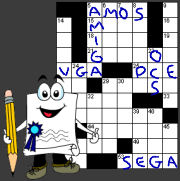 |
| Is this my palette? |
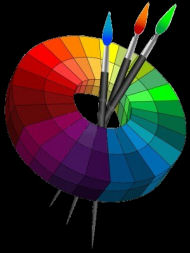 |
| The logo evolution! |
 |
| Manuals! |
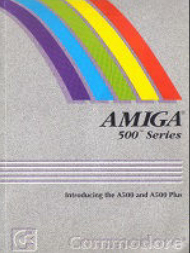 |
| Beat them All! |
 |

 CPU: 8-bit Zilog Z80A at 3.546893 MHz for PAL/SECAM, 3.579545 MHz for NTSC
CPU: 8-bit Zilog Z80A at 3.546893 MHz for PAL/SECAM, 3.579545 MHz for NTSC The Sega Master System and Sega Master System 2 is an 8-bit cartridge-based video game console that was manufactured by Sega and was first released in 1986 in North America (7 months after its direct competitor Nintendo NES) and in 1987 in Europe. Overall, the Sega Master System was mildly successful worldwide, but failed to capture the Japanese and North American markets. However, Sega was able to garner a greater market share with the Master System's successor, Sega Mega Drive/Genesis in Europe, Brazil, and North America.
The Sega Master System and Sega Master System 2 is an 8-bit cartridge-based video game console that was manufactured by Sega and was first released in 1986 in North America (7 months after its direct competitor Nintendo NES) and in 1987 in Europe. Overall, the Sega Master System was mildly successful worldwide, but failed to capture the Japanese and North American markets. However, Sega was able to garner a greater market share with the Master System's successor, Sega Mega Drive/Genesis in Europe, Brazil, and North America.